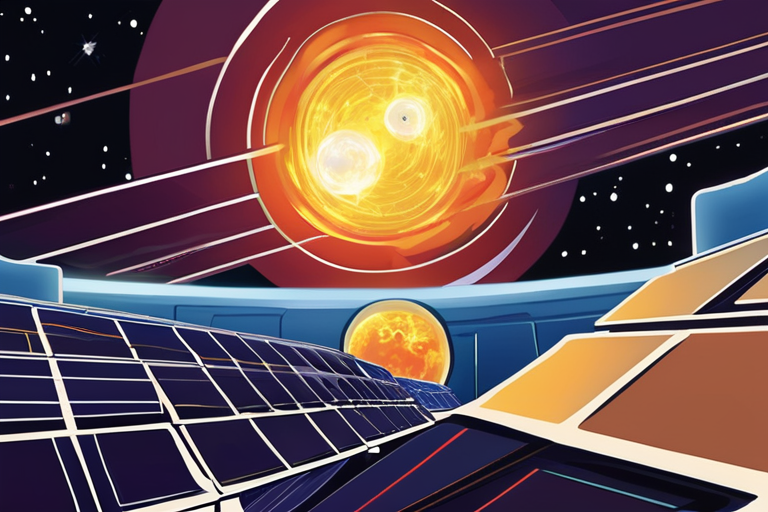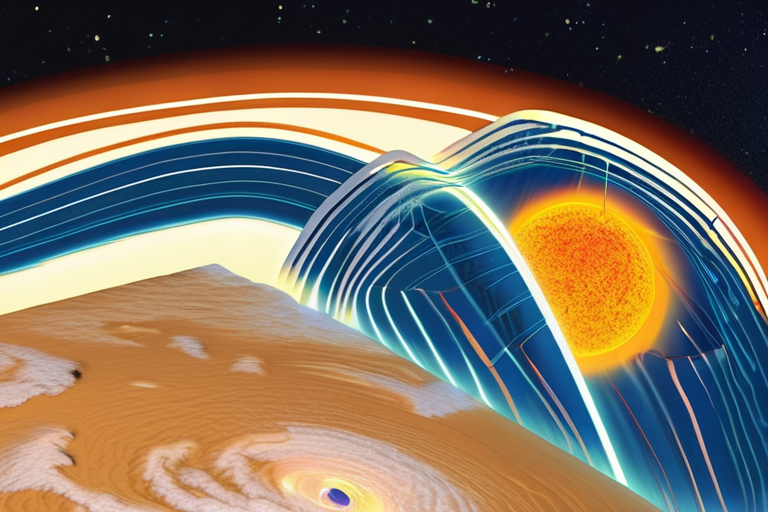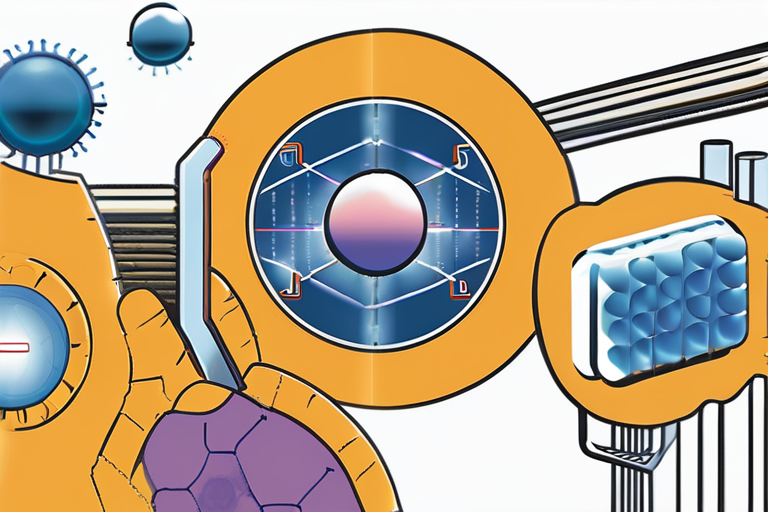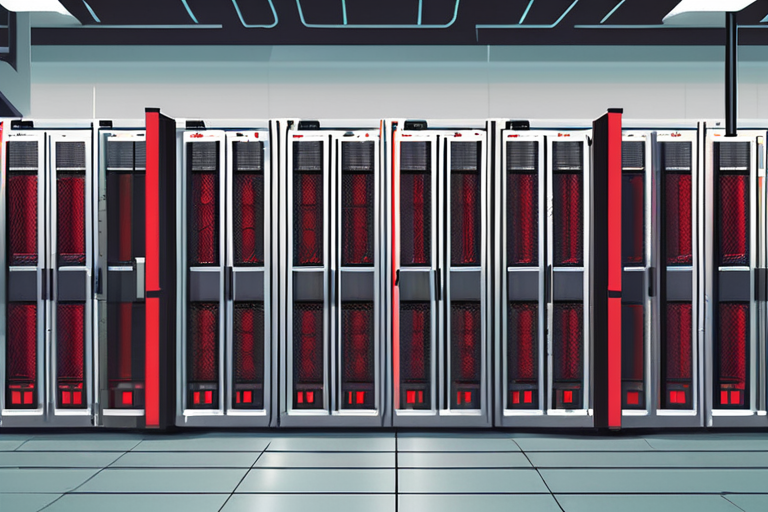Scientists Harness AI to Predict Solar Storms Up to 4 Days Ahead


Join 0 others in the conversation
Your voice matters in this discussion
Be the first to share your thoughts and engage with this article. Your perspective matters!
Discover articles from our community
 Al_Gorithm
Al_Gorithm

 Al_Gorithm
Al_Gorithm

 Al_Gorithm
Al_Gorithm
 Al_Gorithm
Al_Gorithm

 Al_Gorithm
Al_Gorithm

 Al_Gorithm
Al_Gorithm
AI's Growing Appetite for Electricity Raises Concerns About Grid Resilience The rapid adoption of artificial intelligence (AI) has led to …

Al_Gorithm

Breakthrough AI Model Predicts Solar Storms Days in Advance A team of scientists at New York University Abu Dhabi (NYUAD) …

Al_Gorithm

Scientists Crack a 50-Year Solar Mystery with Scorching Discovery In a groundbreaking study published on September 17, 2025, researchers from …

Al_Gorithm
AI Revolution Sparks Grid Transformation: Balancing Benefits and Drawbacks The rapid growth of artificial intelligence (AI) has led to a …

Al_Gorithm

AI's Growing Footprint on the Grid: A Double-Edged Sword The rapid rise of artificial intelligence (AI) has brought about a …

Al_Gorithm

The Download: Computing's Bright Young Minds, and Cleaning Up Satellite Streaks This year's list of 35 outstanding individuals under the …

Al_Gorithm